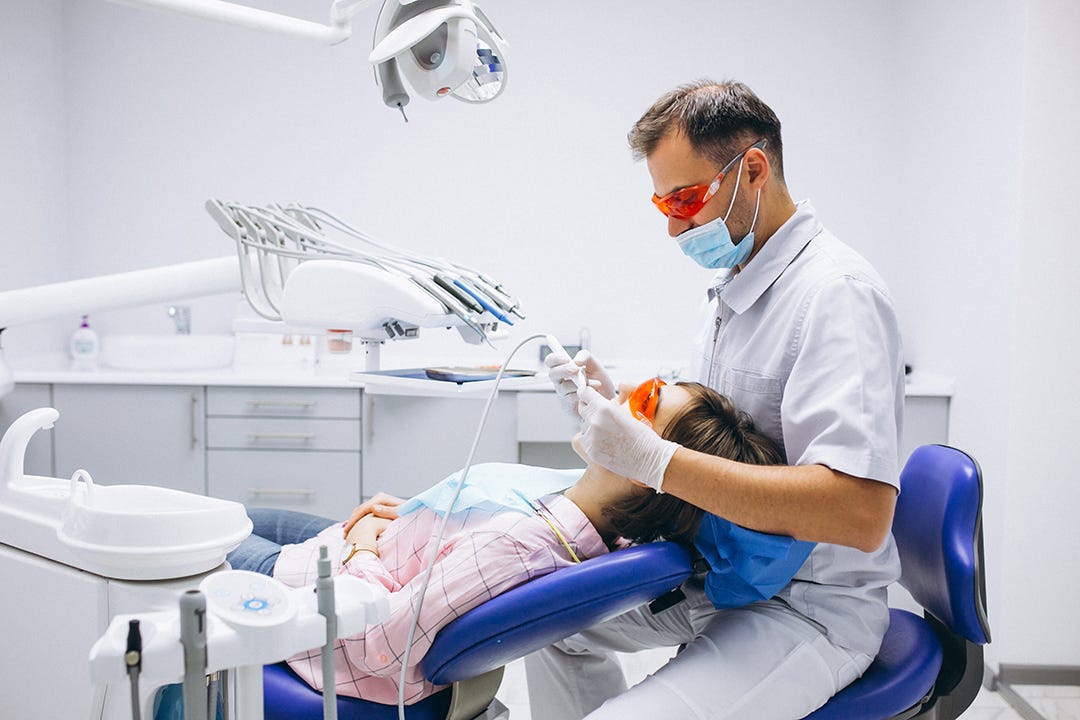Abdominal pain is one of the most common reasons people visit a doctor. It can range from a mild, dull ache to severe, sharp cramping, and it might come and go or remain constant. Because the abdomen houses several vital organs, diagnosing the cause of abdominal pain can be complex.
Fortunately, doctors follow a systematic approach to identify the source and determine the best treatment plan. This article walks you through how doctors evaluate and diagnose abdominal pain, from the initial consultation to advanced diagnostic tests.
Step 1: Gathering a Detailed Medical History
The first step in diagnosing abdominal pain is a thorough discussion about your symptoms and medical background. Doctors will ask questions such as:
- When did the pain start?
- Where exactly is the pain located?
- Is the pain constant or does it come and go?
- How would you describe the pain, sharp, dull, burning, cramping?
- Does anything make the pain better or worse (e.g., food, movement, medication)?
- Are there any other symptoms, like fever, nausea, diarrhea, or bloating?
They’ll also ask about your medical history, including previous surgeries, chronic illnesses (like ulcers or gallstones), and family history of gastrointestinal disorders. Your medication and lifestyle habits (such as diet, alcohol use, or stress levels) may also provide important clues.
Step 2: Performing a Physical Examination
After reviewing your history, the doctor will perform a physical exam. This often involves:
- Inspecting your abdomen for visible signs like swelling or bruising
- Gently pressing on different parts of the abdomen to detect tenderness, swelling, or organ enlargement
- Listening to bowel sounds with a stethoscope to assess digestion
- Checking for signs of hernia or muscle strain
The location and nature of the pain during this physical exam can help narrow down the possible causes. For example, pain in the lower right abdomen may suggest appendicitis, while upper abdominal pain after eating could point to gallbladder issues.
Step 3: Basic Laboratory Tests
If the cause of the pain isn’t immediately clear, your doctor may order some basic lab tests to gather more information:
- Blood tests: These can reveal signs of infection, inflammation, liver or kidney function issues, and more.
- Urine tests: Useful for detecting urinary tract infections, kidney problems, or even signs of dehydration.
- Stool tests: May be used to detect infections, bleeding, or digestive disorders like inflammatory bowel disease.
These tests are quick, non-invasive, and help eliminate or confirm specific diagnoses.
Step 4: Imaging Studies
When physical examination and lab tests aren’t enough, imaging studies are often the next step. These tools allow doctors to visualize what’s happening inside your body:
- Ultrasound: Commonly used for gallbladder, liver, kidney, and pelvic evaluations. It’s safe, painless, and doesn’t involve radiation.
- X-rays: May detect bowel blockages, constipation, or perforation.
- CT (Computed Tomography) scan: Offers a detailed view of the abdominal organs and is particularly helpful for diagnosing appendicitis, diverticulitis, and abdominal tumors.
- MRI: Less common than CT for abdominal issues but may be used in specific cases where high-detail imaging is needed, especially in soft tissue evaluations.
Doctors will choose the imaging method based on the suspected cause and location of the pain.
Step 5: Endoscopic Procedures
If doctors suspect an issue inside the stomach or intestines, they may recommend an endoscopic procedure:
- Gastroscopy (Upper Endoscopy): Involves inserting a flexible camera through the mouth to view the esophagus, stomach, and upper part of the small intestine.
- Colonoscopy: Used to examine the colon and rectum, especially if bleeding or chronic diarrhea is present.
- Capsule endoscopy: A small, pill-sized camera is swallowed to capture images of the small intestine.
These procedures help detect ulcers, inflammation, tumors, or structural abnormalities.
Step 6: Specialist Referrals (If Needed)
In some cases, a general practitioner may refer you to a gastroenterologist or another specialist for further evaluation, especially if symptoms persist or tests reveal something abnormal. Specialists can offer more advanced diagnostic tools or treatment options for complex or chronic conditions like Crohn’s disease, ulcers, gallbladder disease, or certain cancers.
The Importance of Timely Diagnosis
Getting an accurate diagnosis is essential because abdominal pain can range from something as minor as gas or indigestion to serious conditions like appendicitis or internal bleeding. Prompt medical attention not only helps relieve discomfort but can also prevent complications. If you’re experiencing sudden, severe, or persistent abdominal pain, especially with additional symptoms like fever, vomiting, or blood in the stool, don’t delay seeking medical care.
Conclusion
Diagnosing abdominal pain involves more than just identifying where it hurts. Through a combination of careful questioning, physical exams, lab tests, and imaging, doctors are able to narrow down the many possible causes and provide effective treatment.
Understanding how this process works can make you feel more confident and informed when visiting your doctor. After all, addressing abdominal pain early is key to protecting your overall health.











Comments